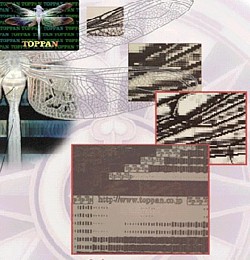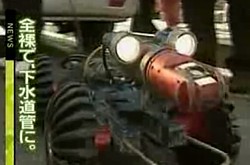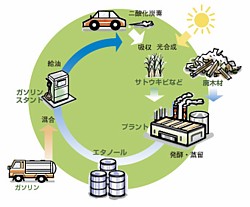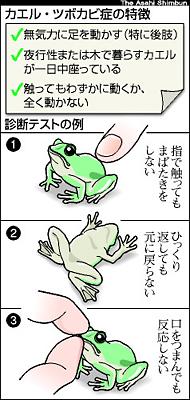 On February 1, Toppan Printing unveiled new nanotext printing technology for inserting microscopic text into holographic images. The company says they plan to use nanotext to provide an extra layer of security to their "Crystagram" holographic anti-counterfeit technology. Test production is set to begin later this month.
On February 1, Toppan Printing unveiled new nanotext printing technology for inserting microscopic text into holographic images. The company says they plan to use nanotext to provide an extra layer of security to their "Crystagram" holographic anti-counterfeit technology. Test production is set to begin later this month.
Toppan's holographic nanotext printing uses electron beams (EB) to print characters 30 times smaller than possible with existing "microtext" technology. With a resolution of about 100 nanometers, it is now possible to print more than 20 holographic characters in a space the width of a human hair (about 80 microns).
Holograms have long been used as an effective method for preventing the counterfeit of items ranging from gift certificates to credit cards to luxury brand products, but organizations find themselves locked into a race with counterfeiters that are quick to adopt new technologies. Nanotext, Toppan argues, provides the next hurdle for counterfeiters to overcome.
Toppan is now working on the technology necessary for mass production, and full market release is scheduled for autumn 2007. The company is aiming for first-year sales of 300 million yen ($2.5 million).
[Source: Toppan press release]

 This story is not from Japan, but I couldn't resist...
This story is not from Japan, but I couldn't resist... On the afternoon of January 21, a fisherman spotted the large fish in the shallow water near the park. He immediately contacted Awashima Marine Park officials, who caught the shark and transported it to the park's dolphin pen, where they turned it loose. The weak shark was able to survive for several hours -- long enough for park officials to videotape it swimming around. Video footage of the frilled shark near the sea surface is very rare, and the park says it will keep the video for research purposes.
On the afternoon of January 21, a fisherman spotted the large fish in the shallow water near the park. He immediately contacted Awashima Marine Park officials, who caught the shark and transported it to the park's dolphin pen, where they turned it loose. The weak shark was able to survive for several hours -- long enough for park officials to videotape it swimming around. Video footage of the frilled shark near the sea surface is very rare, and the park says it will keep the video for research purposes.  On January 18, researchers from Japan's Institute of Physical and Chemical Research (
On January 18, researchers from Japan's Institute of Physical and Chemical Research (
 Asia's first confirmed case of
Asia's first confirmed case of 
